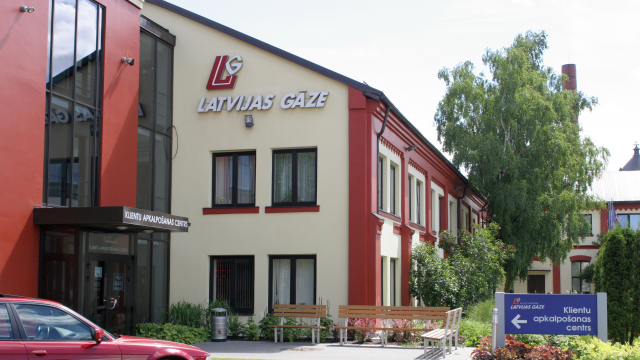A tweet by Latvia's newspaper for official government and legal announcements revealed that on March 9 this year a commission of leading linguists and philologists convened to consider the crucial question of how to render a meringue not only featherlight and fluffy on the palate but in correct, rubber-stamped Latvian on menus.
. @_vvc lēmums par svešvārdu "meringue", "pancetta", "crème Chantilly" atbilsmi latviešu valodā: https://t.co/0r1MRCxN3s
— Latvijas Vēstnesis (@VestnesisLV) April 21, 2016
Luckily, the verdict of the word-watchers was unanimous on the following gastronomic terms to tantalize the tongue and tastebuds:
The elegant meringue, which confounds the English and French languages with its curious spelling and pronunciation suffers no such fate in Latvian, where it is saddled with the prosaic name "bezē".
From the sun-kissed slopes of Italy we derive delicious pancetta (described somewhat strangely by the commission as "dried pork roll") which is recommended to menu compilers as the disappointingly predictable "pančeta".
Japanese breadcrumbs or panko is waved through with nary a thought in its Latvian form: "panko".
However, in the opinion of LSM considerable injustice is done to France's seductive crème Chantilly. This subtle and delicate confection of chilled cream flavored with vanilla or - dare we? - a hint of something stronger, is lumbered with the catch-all term "putukrējums" or whipped cream. Non messieurs, it is sooo much more than that!
In a separate bulletin, VVC made a ruling that could potentially be even more controversial. The Italian-language term "barista", widely adopted in English to mean one who makes coffee in an overpriced hipster cafe, is "kafijas bārmenis" (coffee barman, male) or "kafijas bārmene" (coffee barman, female).
The obvious question, and perhaps one to be considered at a future conclave, is whether it is possible to have a female barman?
Luckily, all the decisions on gastronomic nomenclature were taken in accordance with Protocol Nr. 49 2 of the Cabinet of Ministers' August 22, 2000 ruling Nr. 287, point 10.





























